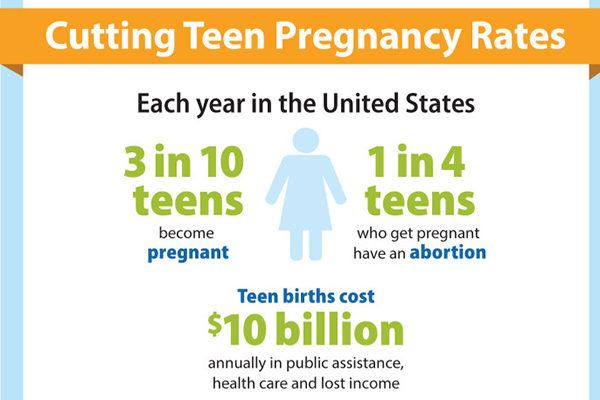PAD presents Naomi Iizuka’s ‘Anonymous’
Tired and hungry and far from home, cast adrift by angry powers, the hero escapes monsters, navigates hostile lands and struggles to reunite with beloved family. In “Anonymous,” Naomi Iizuka pays sly homage to “The Odyssey” of Homer, reimagining a foundational work of Western literature through the lens of contemporary immigration.
Teen pregnancies, abortions plunge with free birth control
Teens who received free contraception and were educated about the pros and cons of various birth control methods were dramatically less likely to get pregnant, give birth or get an abortion compared with other sexually active teens, according to a new study.
‘My Name is Strong’ exhibit Oct. 3
The anti-violence initiative “My Name is Strong” will present its second annual exhibition Friday, Oct. 3, at the Yeyo Arts Collective. The all-media, un-juried show features works by artists who have experienced gender-based violence and by their allies, including friends, family and loved ones.
Public health conference to weigh public good vs. individual choice
The differences between public good and individual choice will be highlighted at the seventh annual conference of the Institute for Public Health at Washington University in St. Louis. Ellen Wright Clayton, JD, MD, an internationally respected leader in law and genetics, will give the keynote address.
Perloff to receive Washington University International Humanities Medal
Poetry scholar Marjorie Perloff will receive the 2014 International Humanities Medal from Washington University in St. Louis. Granted biennially, the $25,000 award is largest prize from an American institution to cover the broad spectrum of the humanities.
Young Scientist Program volunteers teach about lungs at Science Center event
Young Scientist Program volunteers Claire Weichselbaum and Brian Lananna, graduate students in the Division of Biology & Biomedical Sciences, were among several YSP volunteers who participated in Family Med School at the St. Louis Science Center. The two demonstrated how lungs function.
Eight ways to prevent breast cancer
In recognition of National Breast Cancer Awareness Month, Siteman Cancer Center at Barnes-Jewish Hospital and Washington University School of Medicine in St. Louis shares eight ways women can lower their risk of breast cancer.
Major-Minor Fair helps undecided sophomores find the right fit
In advance of Washington University in St. Louis’ Major-Minor Fair on Monday, Oct. 6, Matthew DeVoll, PhD, assistant dean in the College of Arts & Sciences and dean of sophomores, talks about the choices facing second-year students and the options open to them.
Neuroscientist Hart demystifies science of drug addiction for Assembly Series
Neuroscientist Carl Hart, PhD, will deliver “Demystifying the Science of Drug Addiction: Neuroscience, Self-discovery, Race and U.S. Drug Policy” at 11 a.m. Friday, Oct. 10, in Anheuser-Busch Hall Moot Courtroom for the Assembly Series. The talk is the annual Chancellor’s Fellows Lecture.
Gass celebrates 90th birthday with special reading
Friends and fans of celebrated author William H. Gass, PhD, the David L. May Distinguished Professor Emeritus in the Humanities in Arts & Sciences at Washington University in St. Louis,
gathered Sept. 28 in Umrath Lounge to mark his 90th birthday with a special reading from his collected works. The reading, “Passages of Time,” was sponsored by University Libraries.
View More Stories

